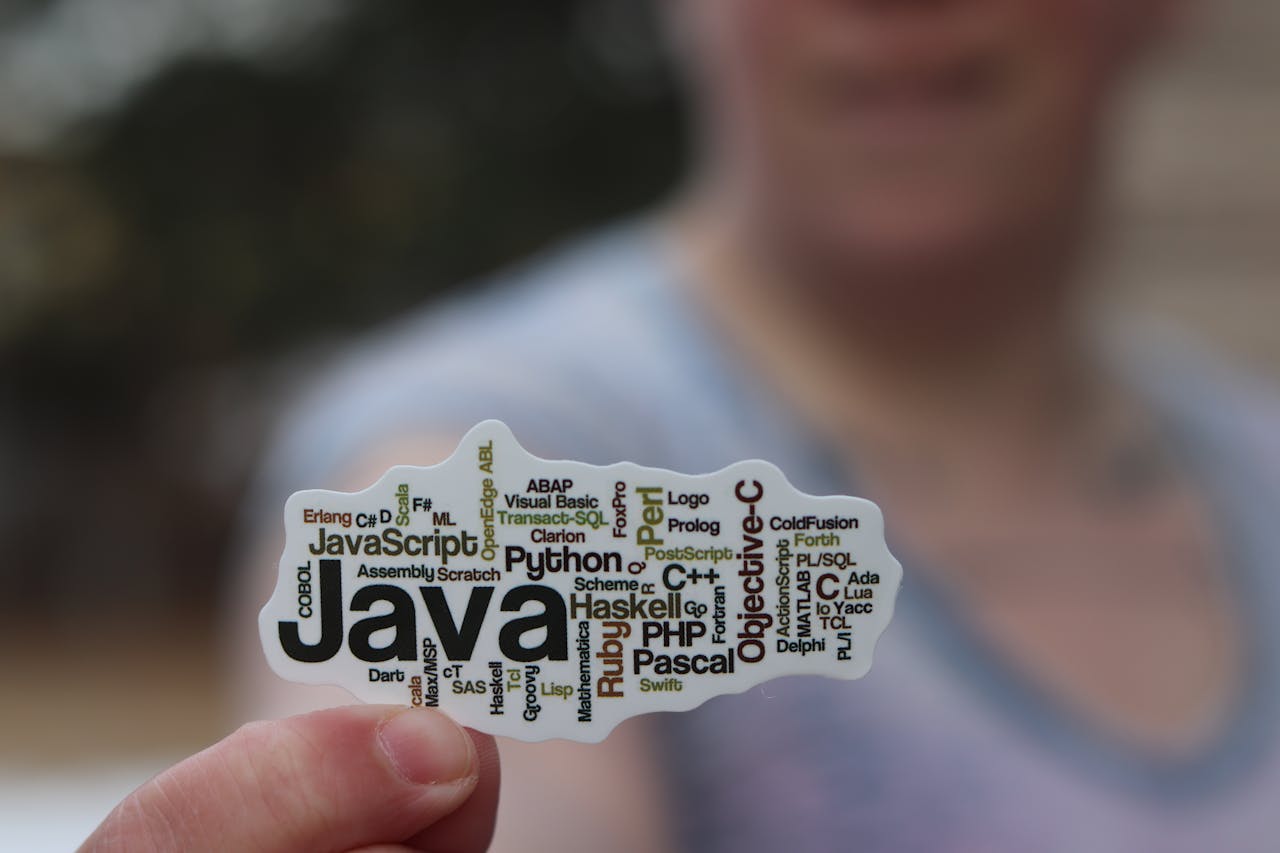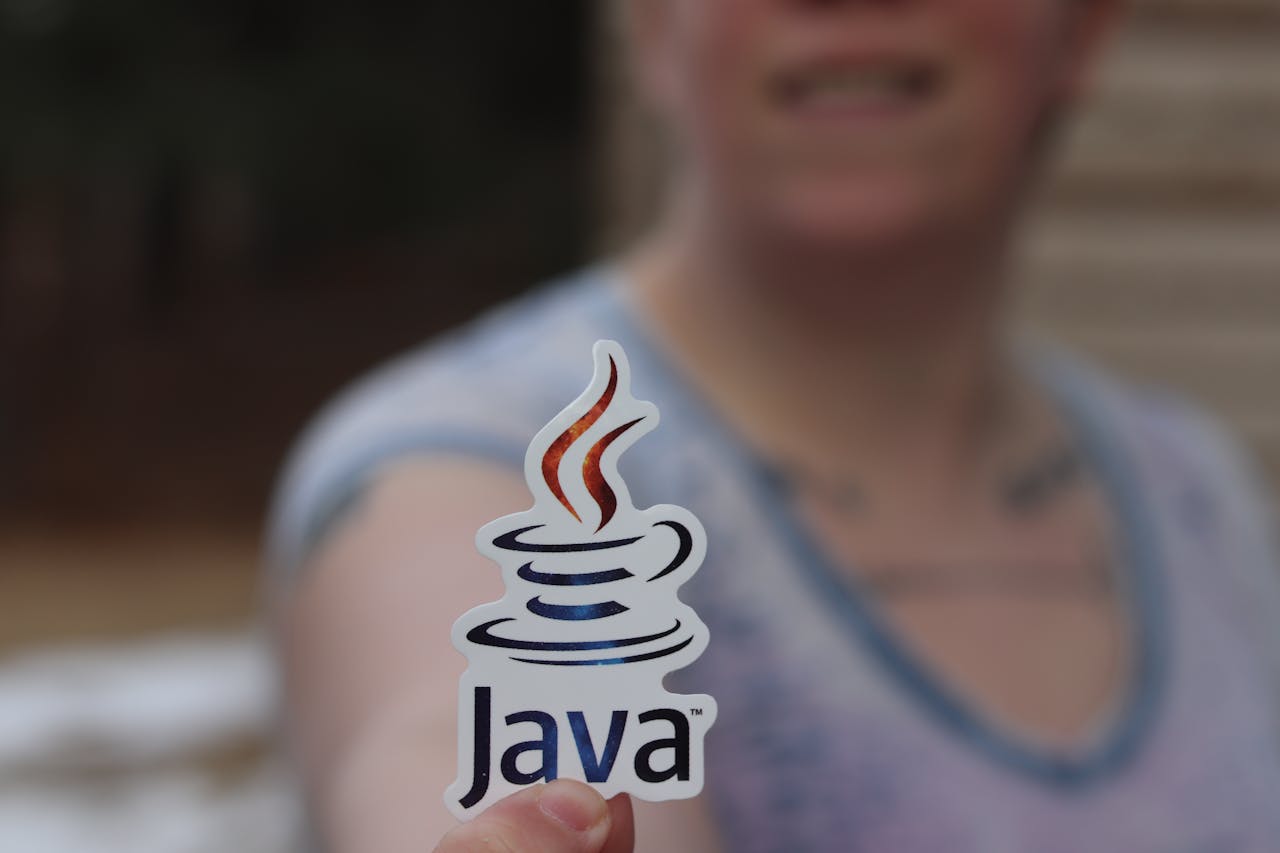Handling input and output (I/O) is fundamental in any programming language, enabling interaction with external resources like files, networks, and databases. In Java, the java.io package provides comprehensive tools to perform I/O operations. This blog will guide you through basic I/O operations such as reading from and writing to files using the Scanner and PrintWriter classes and will briefly introduce advanced topics like serialization and deserialization.
Basic I/O Concepts
Reading from Files
Reading data from a file is a common requirement in many applications. The Scanner class in Java is a simple way to achieve this. It provides methods to read and parse different types of input.
import java.io.File;
import java.io.FileNotFoundException;
import java.util.Scanner;
public class FileReaderExample {
public static void main(String[] args) {
try {
File file = new File("example.txt");
Scanner scanner = new Scanner(file);
while (scanner.hasNextLine()) {
String line = scanner.nextLine();
System.out.println(line);
}
scanner.close();
} catch (FileNotFoundException e) {
e.printStackTrace();
}
}
}
Writing to Files
Writing data to a file can be easily done using the PrintWriter class. This class provides methods to write formatted data to a file.
import java.io.FileWriter;
import java.io.IOException;
import java.io.PrintWriter;
public class FileWriterExample {
public static void main(String[] args) {
try {
FileWriter fileWriter = new FileWriter("output.txt");
PrintWriter printWriter = new PrintWriter(fileWriter);
printWriter.println("Hello, World!");
printWriter.println("This is a sample text.");
printWriter.close();
} catch (IOException e) {
e.printStackTrace();
}
}
}
Combining Reading and Writing
You can combine reading from one file and writing to another file to transform or copy data.
Example: Copying Data from One File to Another
import java.io.File;
import java.io.FileNotFoundException;
import java.io.FileWriter;
import java.io.IOException;
import java.io.PrintWriter;
import java.util.Scanner;
public class CopyFileExample {
public static void main(String[] args) {
try {
File inputFile = new File("input.txt");
Scanner scanner = new Scanner(inputFile);
FileWriter fileWriter = new FileWriter("output.txt");
PrintWriter printWriter = new PrintWriter(fileWriter);
while (scanner.hasNextLine()) {
String line = scanner.nextLine();
printWriter.println(line);
}
scanner.close();
printWriter.close();
} catch (FileNotFoundException e) {
e.printStackTrace();
} catch (IOException e) {
e.printStackTrace();
}
}
}
Understanding FileStream in Java
In Java, the FileStream classes provide a low-level way of reading and writing bytes to and from files. This is essential when working with binary data such as images, audio files, or any other binary files. The primary classes for file stream operations in Java are FileInputStream and FileOutputStream.
Basic I/O Operations with FileStream
Reading from a File using FileInputStream
The FileInputStream class is used to read raw byte data from a file. This is suitable for reading binary files such as images or other types of files that are not text-based.
import java.io.FileInputStream;
import java.io.FileOutputStream;
import java.io.IOException;
public class FileInputStreamExample {
public static void main(String[] args) {
FileInputStream fis = null;
try {
fis = new FileInputStream("input.bin");
int byteData;
while ((byteData = fis.read()) != -1) {
System.out.print((char) byteData);
}
} catch (IOException e) {
e.printStackTrace();
} finally {
if (fis != null) {
try {
fis.close();
} catch (IOException e) {
e.printStackTrace();
}
}
}
}
}
Writing to a File using FileOutputStream
The FileOutputStream class is used to write raw byte data to a file. This is suitable for writing binary data.
import java.io.FileOutputStream;
import java.io.IOException;
public class FileOutputStreamExample {
public static void main(String[] args) {
FileOutputStream fos = null;
try {
fos = new FileOutputStream("output.bin");
String data = "Hello, World!";
fos.write(data.getBytes());
} catch (IOException e) {
e.printStackTrace();
} finally {
if (fos != null) {
try {
fos.close();
} catch (IOException e) {
e.printStackTrace();
}
}
}
}
}
Combining FileInputStream and FileOutputStream
You can combine reading from one file and writing to another file to create a simple file copy operation.
Example: Copying a File
import java.io.FileInputStream;
import java.io.FileOutputStream;
import java.io.IOException;
public class FileCopyExample {
public static void main(String[] args) {
FileInputStream fis = null;
FileOutputStream fos = null;
try {
fis = new FileInputStream("input.bin");
fos = new FileOutputStream("output.bin");
int byteData;
while ((byteData = fis.read()) != -1) {
fos.write(byteData);
}
} catch (IOException e) {
e.printStackTrace();
} finally {
if (fis != null) {
try {
fis.close();
} catch (IOException e) {
e.printStackTrace();
}
}
if (fos != null) {
try {
fos.close();
} catch (IOException e) {
e.printStackTrace();
}
}
}
}
}
Advanced I/O Operations with FileStream
Buffered Streams
While FileInputStream and FileOutputStream read and write bytes one at a time, buffered streams read and write chunks of data, improving efficiency. BufferedInputStream and BufferedOutputStream are the classes used for this purpose.
import java.io.*;
public class BufferedFileCopyExample {
public static void main(String[] args) {
try (BufferedInputStream bis = new BufferedInputStream(new FileInputStream("input.bin"));
BufferedOutputStream bos = new BufferedOutputStream(new FileOutputStream("output.bin"))) {
int byteData;
while ((byteData = bis.read()) != -1) {
bos.write(byteData);
}
} catch (IOException e) {
e.printStackTrace();
}
}
}
Conclusion
In this blog, we have delved into the foundational aspects of file stream operations in Java, focusing on FileInputStream and FileOutputStream. These classes provide the essential functionality for reading and writing raw byte data, making them suitable for handling binary files. We’ve seen how to read from a file, write to a file, and even combine these operations to copy files. Additionally, we introduced buffered streams to enhance the efficiency of these operations by reducing the number of I/O operations.
Understanding file stream operations is critical for any Java developer dealing with binary data. Whether you’re working with images, audio files, or any other non-text files, mastering FileInputStream and FileOutputStream will equip you with the tools needed to handle these tasks effectively. As you continue your journey in Java programming, remember that efficient file handling is a cornerstone of robust application development.




